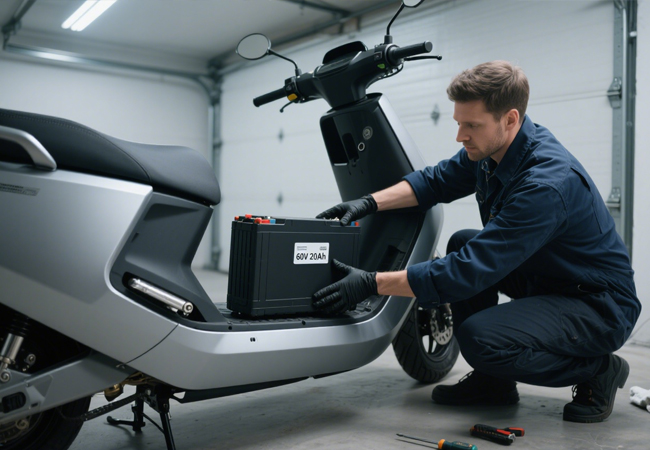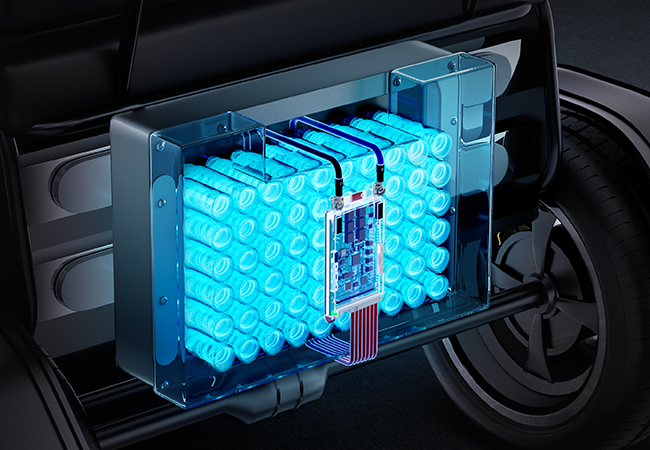Electric vehicle (EV) owners worldwide often encounter an annoying issue: sudden breakdowns even when the battery indicator shows remaining power. This problem is mainly caused by lithium-ion battery over-discharge, a risk that can be effectively mitigated by a high-performance Battery Management System (BMS).

Industry data shows that a well-designed Battery Management System can extend lithium-ion battery lifespan by up to 30% and reduce EV breakdowns related to battery issues by 40%. As the demand for electric vehicles and energy storage systems grows, the role of BMS becomes increasingly prominent. It not only ensures battery safety but also optimizes energy utilization, promoting the sustainable development of the global new energy industry.
A typical lithium-ion battery pack consists of multiple cell strings, and the consistency of these cells is crucial for overall performance. When individual cells age, develop excessive internal resistance, or have poor connections, their voltage may drop to a critical level (usually 2.7V) faster than others during discharge. Once this happens, the BMS will trigger over-discharge protection immediately, cutting off power supply to prevent irreversible cell damage—even if the total battery voltage is still high.
For long-term storage, modern BMS offers a switch-controlled sleep mode, which reduces power consumption to only 1% of normal operation. This function effectively avoids battery degradation caused by idle power loss, a common issue that shortens battery lifespan. Additionally, advanced BMS supports multiple control modes via upper computer software, including discharge control, charge-discharge control, and sleep activation, striking a balance between real-time monitoring (such as Bluetooth connectivity) and low-power storage.

Post time: Oct-18-2025





